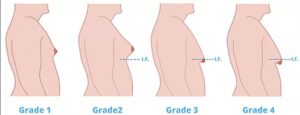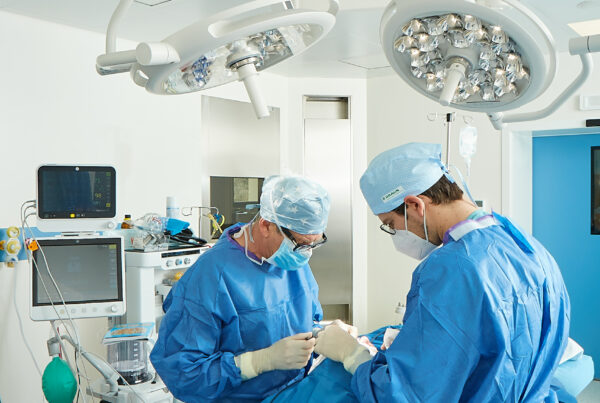BREAST SURGERY
Gynecomastia
What is gynecomastia?
The gynecomastia surgery (from the Greek gine, females and mastos.mammella) is a condition in which the male, due to hormonal or diet related problems, presents above the pectoral muscle an atypical and excessive development of the female mammary gland. Recently this condition is increasing, mainly due to unbalanced diets, rich in carbohydrates and saturated fats. Gynecomastia, especially in puberty, can cause psychological distress. It consists of an increase in the component of the gland or fatty tissue, or both.

4 degrees of gynecomastia
BREAST SURGERY
Are you interested in breast surgery?
What does the intervention consist of?
The surgery preparation consists in performing a breast ultrasound, which goes to investigate the composition of the breast, whether glandular or fat.
This simple and painless examination is important, since it can direct and help the surgeon to choose the most appropriate surgery technique for each case.
If the gynecomastia is due to an adipose component (a condition defined more precisely pseudogynecomastia or lipomastia) a lipoaspiration is sufficient: through small skin incisions of a few millimeters a liquid containing anesthetic is injected, and through the same accesses the fat is aspirated with thin tubes.
However, gynecomastia is more often a mixed condition, with a glandular component present together with an adipose one.
In this case it is necessary to make an incision at the level of the lower edge of the areola, the mammary gland is unstuck from the pectoral muscle and it is removed.
The removed gland is usually sent to the Pathological Anatomy laboratory to perform the histological examination.
What is the postoperative management?
The surgery is generally is performed under general anesthesia; in some cases deep sedation may be proposed. It is an operation that must be performed in the surgery room, preferably in Day Hospital with a one night hospitalization. Drainages can be placed during the surgery, which are generally removed the next day. Drains are used to release quantities of liquid, the serum, which can form as a result of surgery. The days and weeks following the operation, the patient will have to wear an elastic compression sheath, in order to avoid swelling and help optimal tissue healing.
The stitches are generally removed 10 days after surgery.


